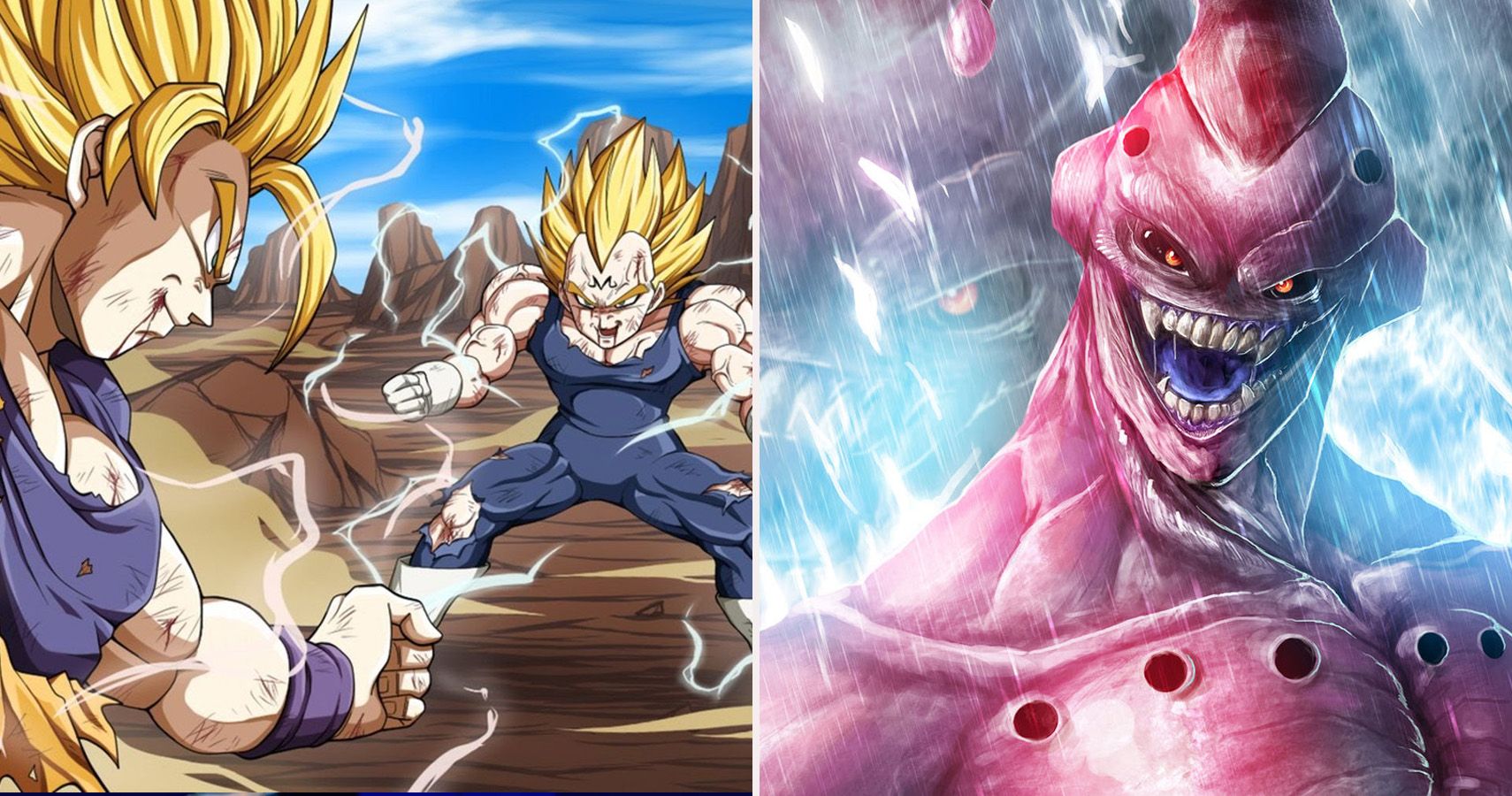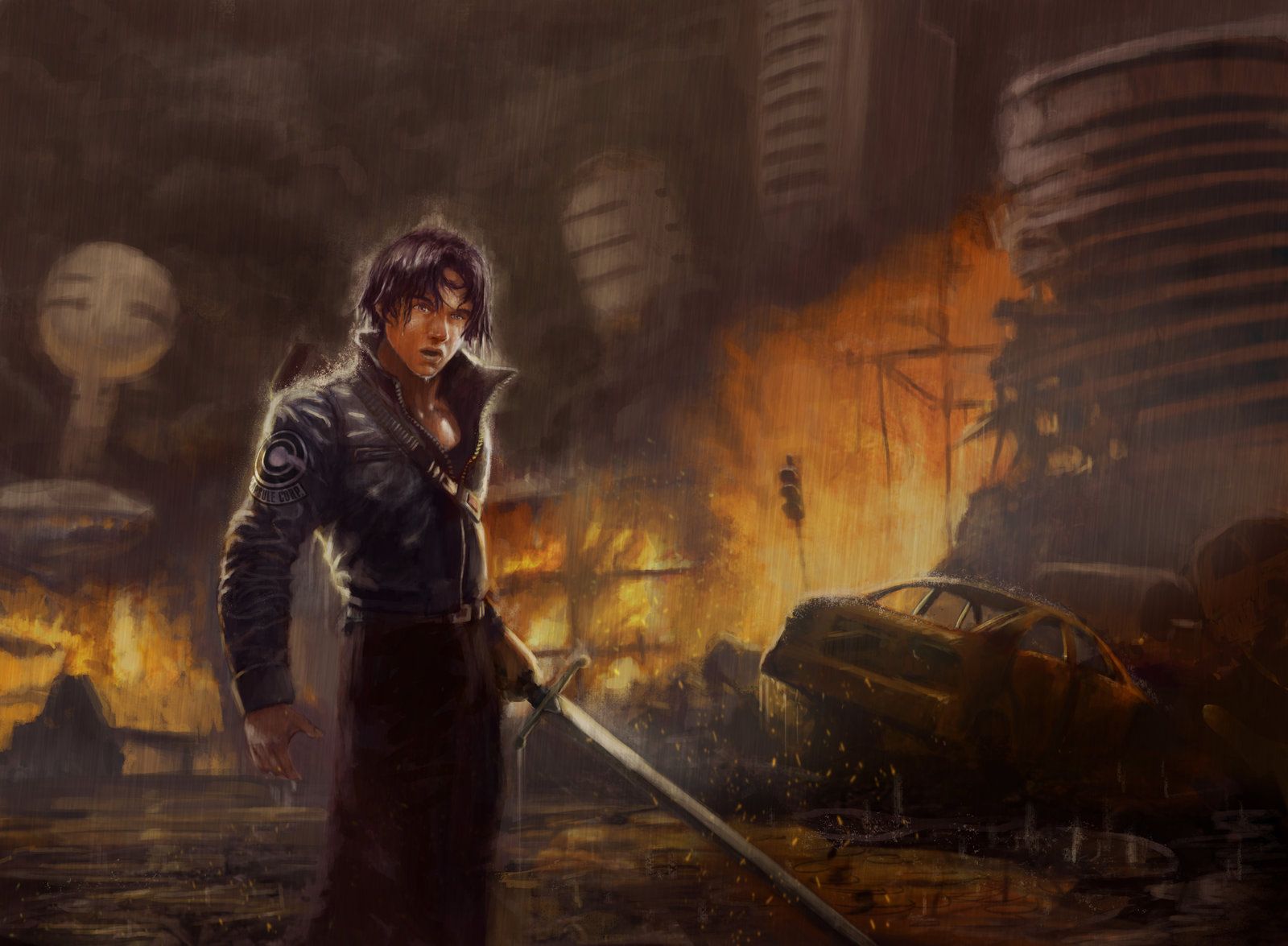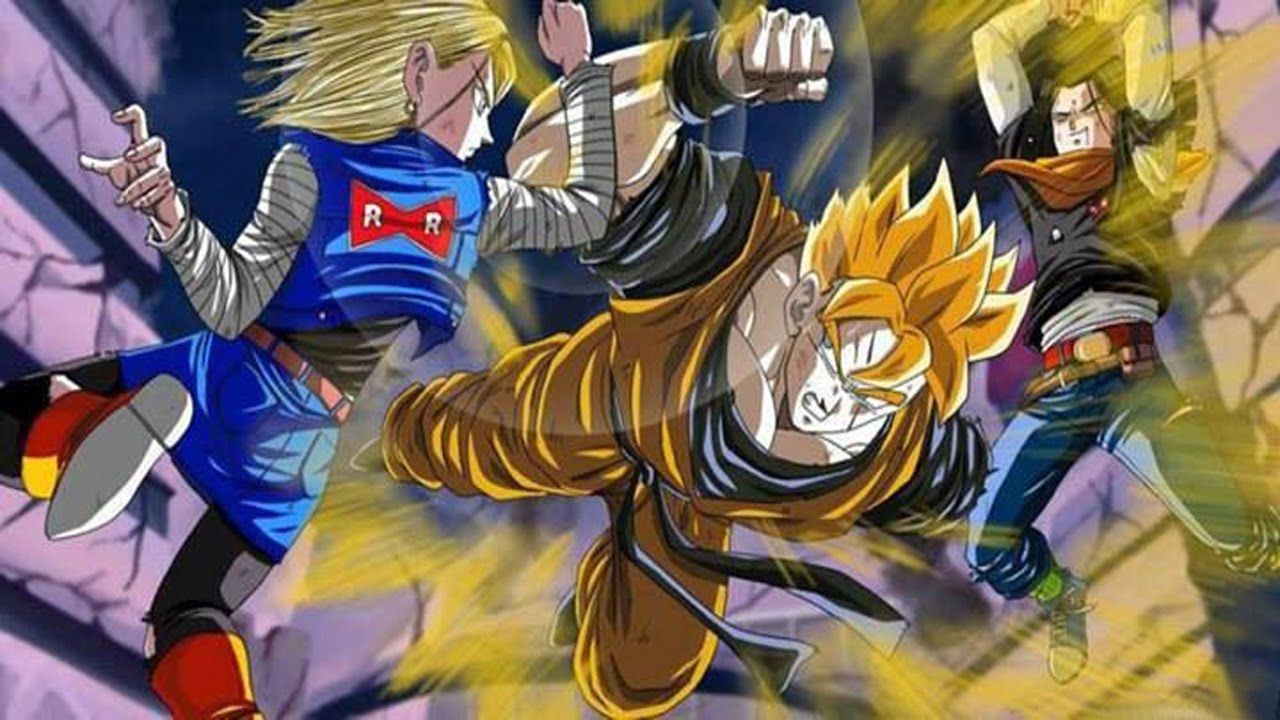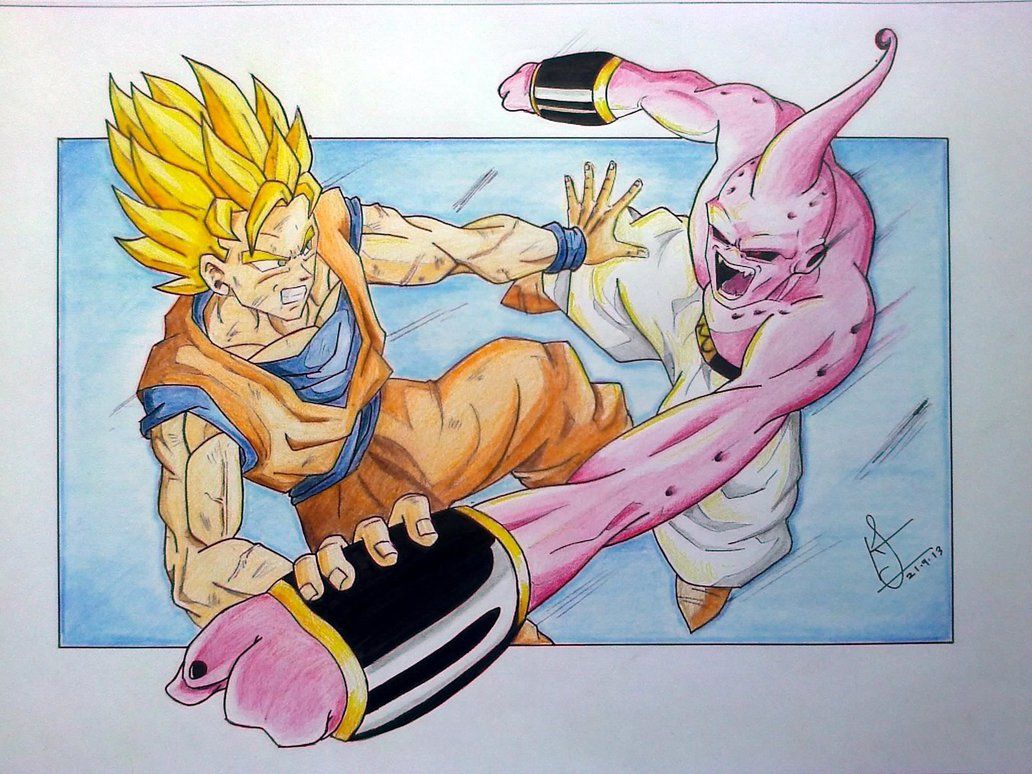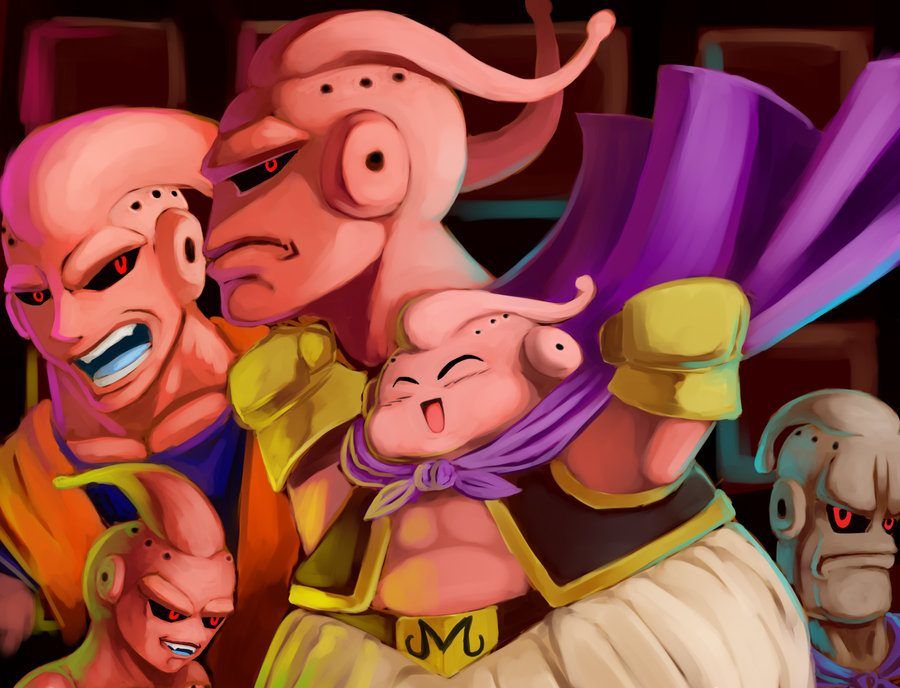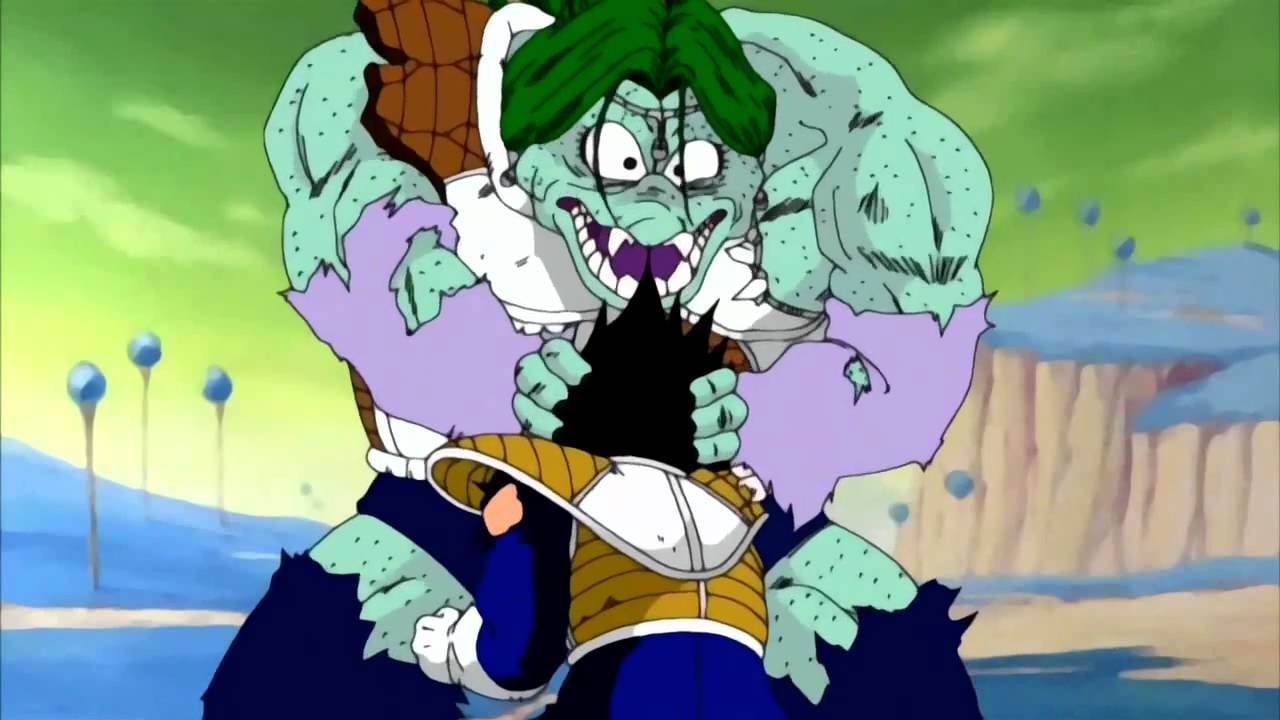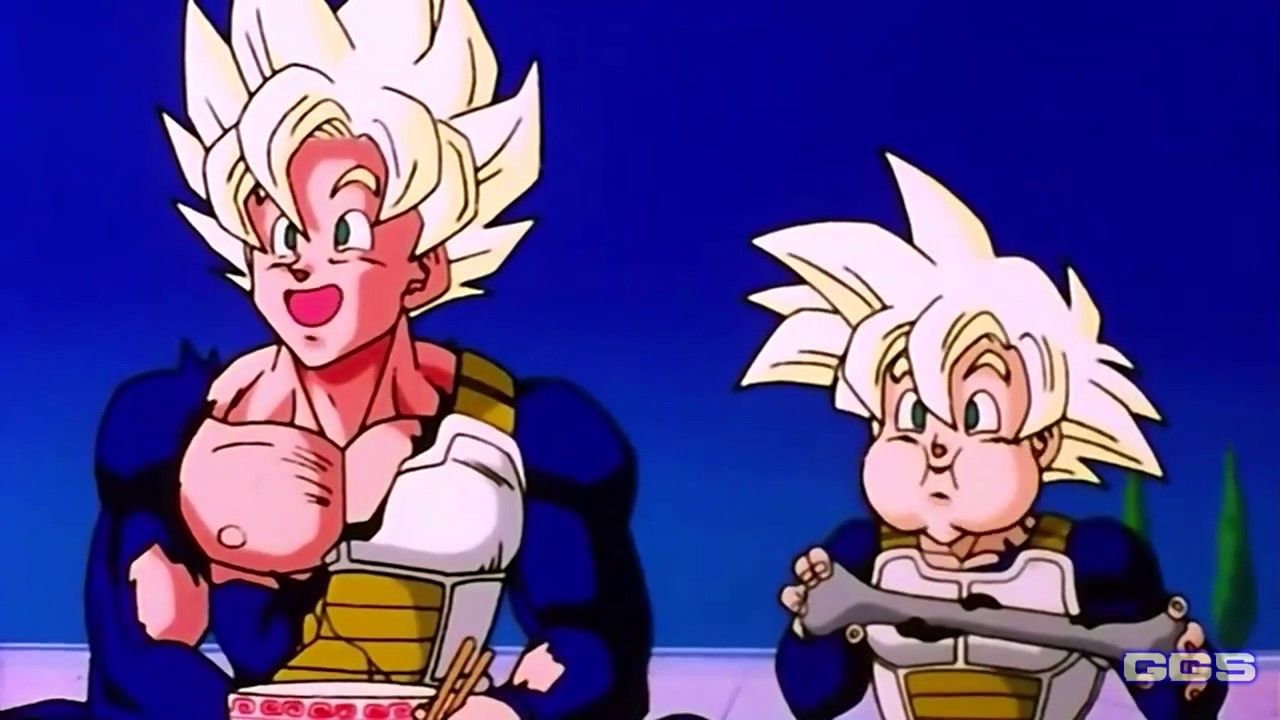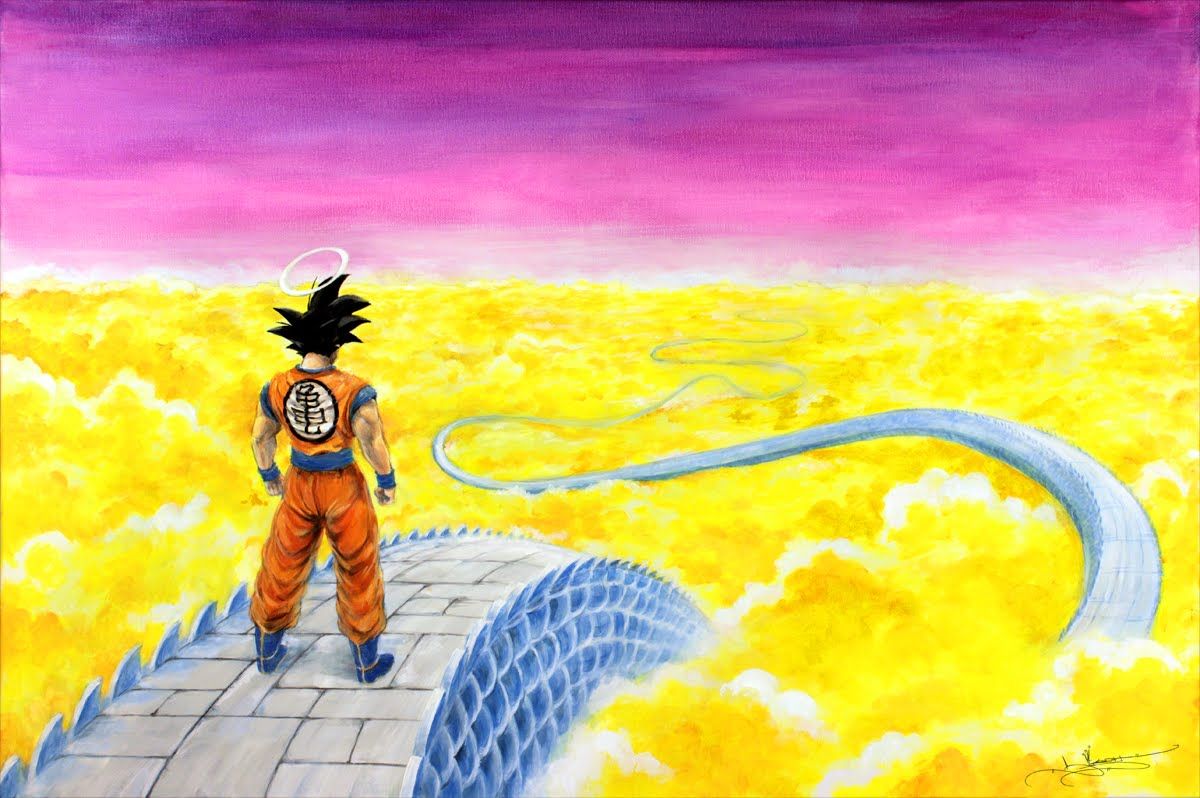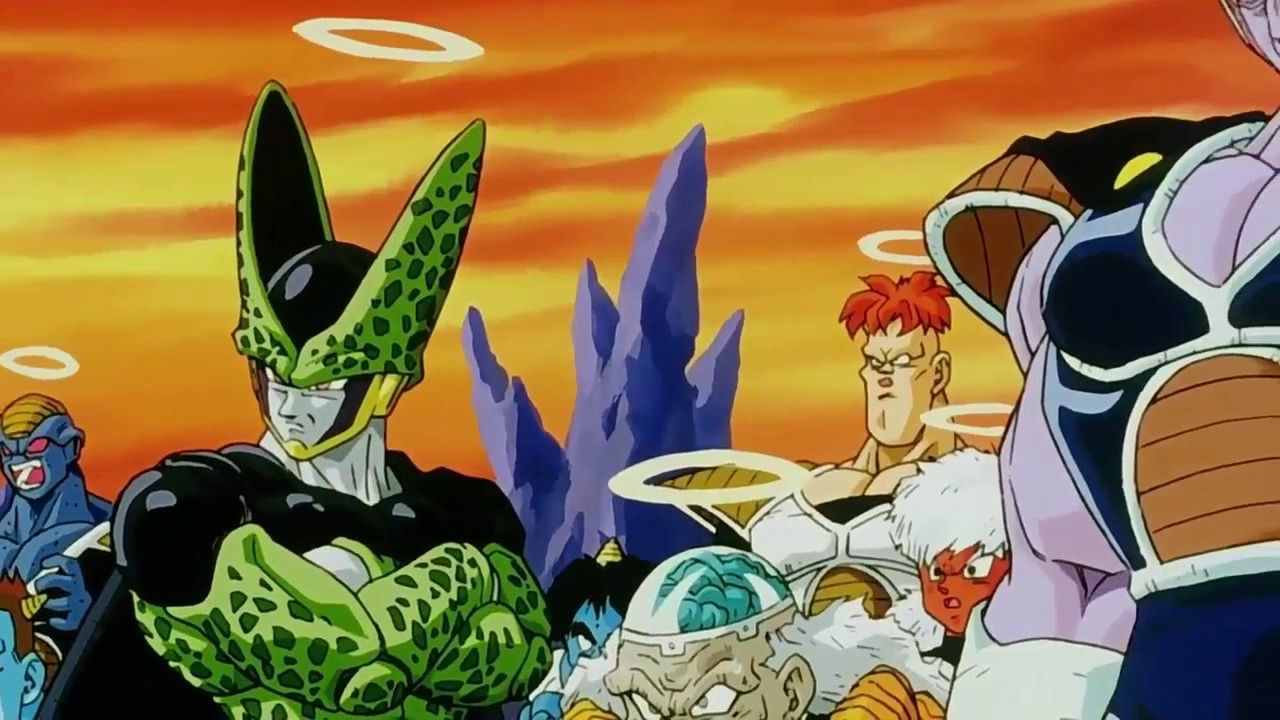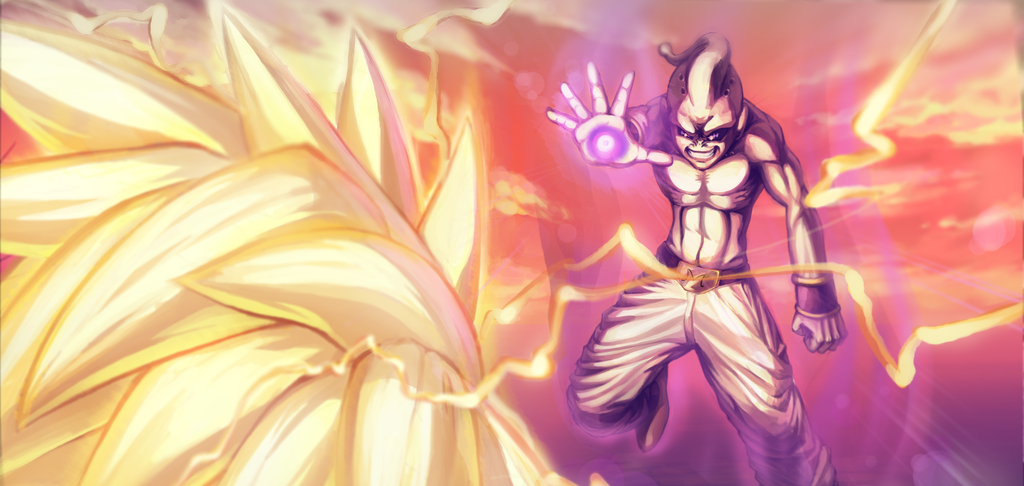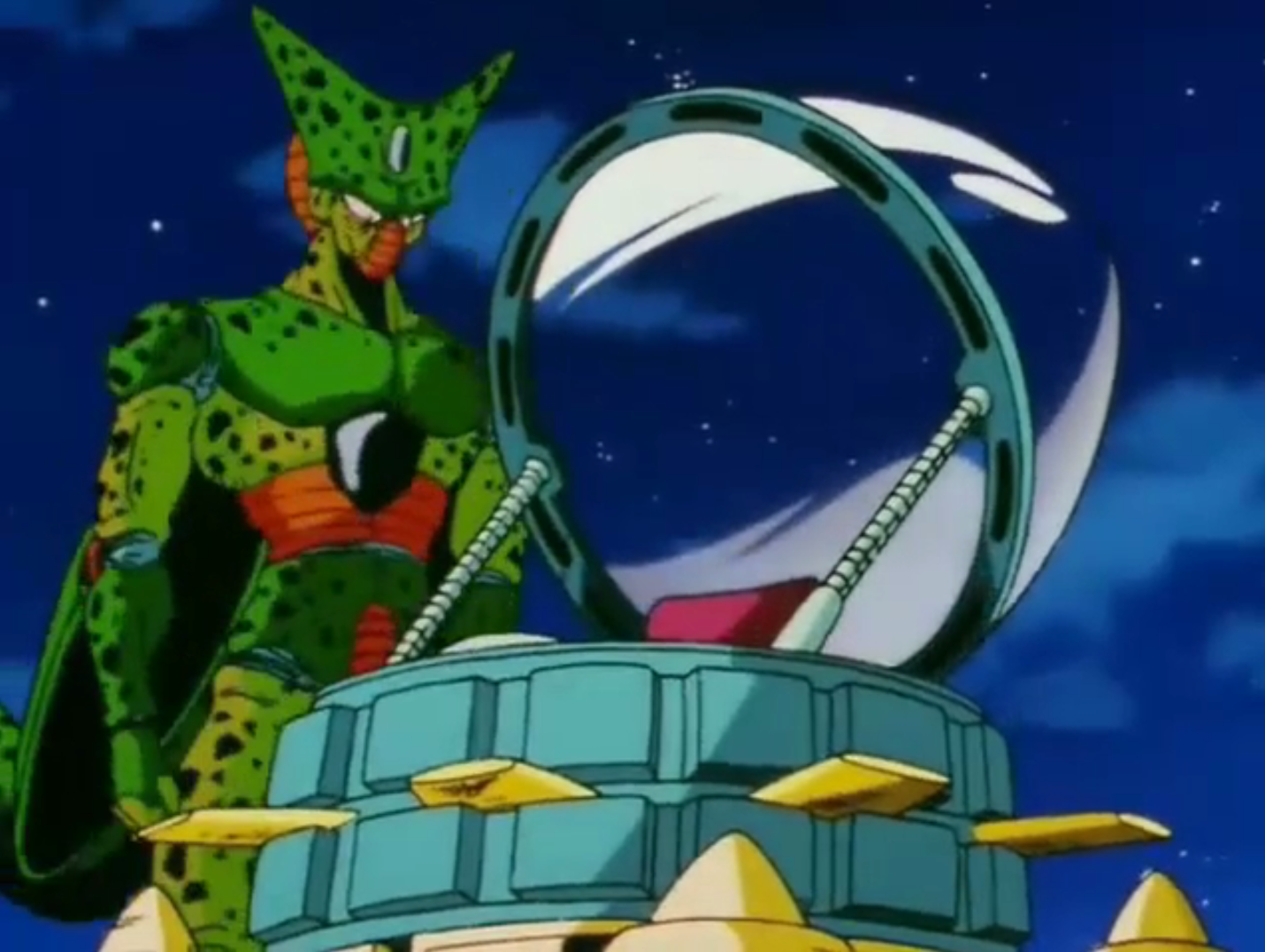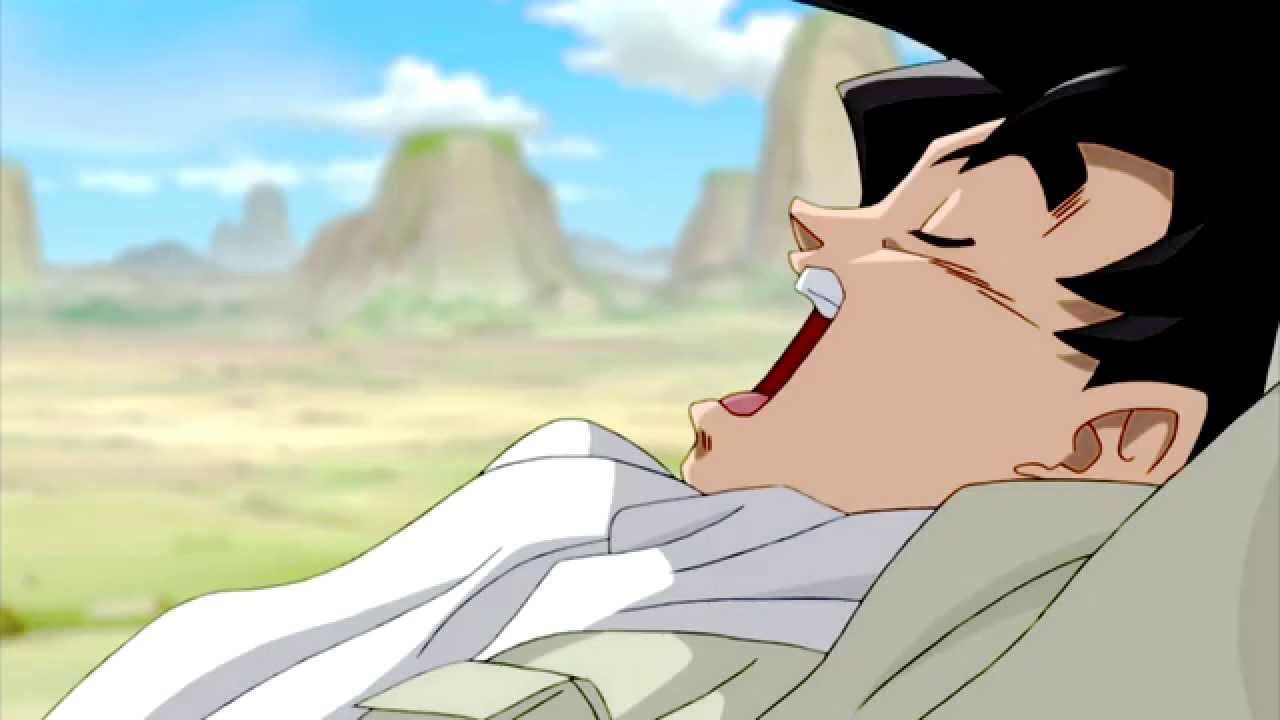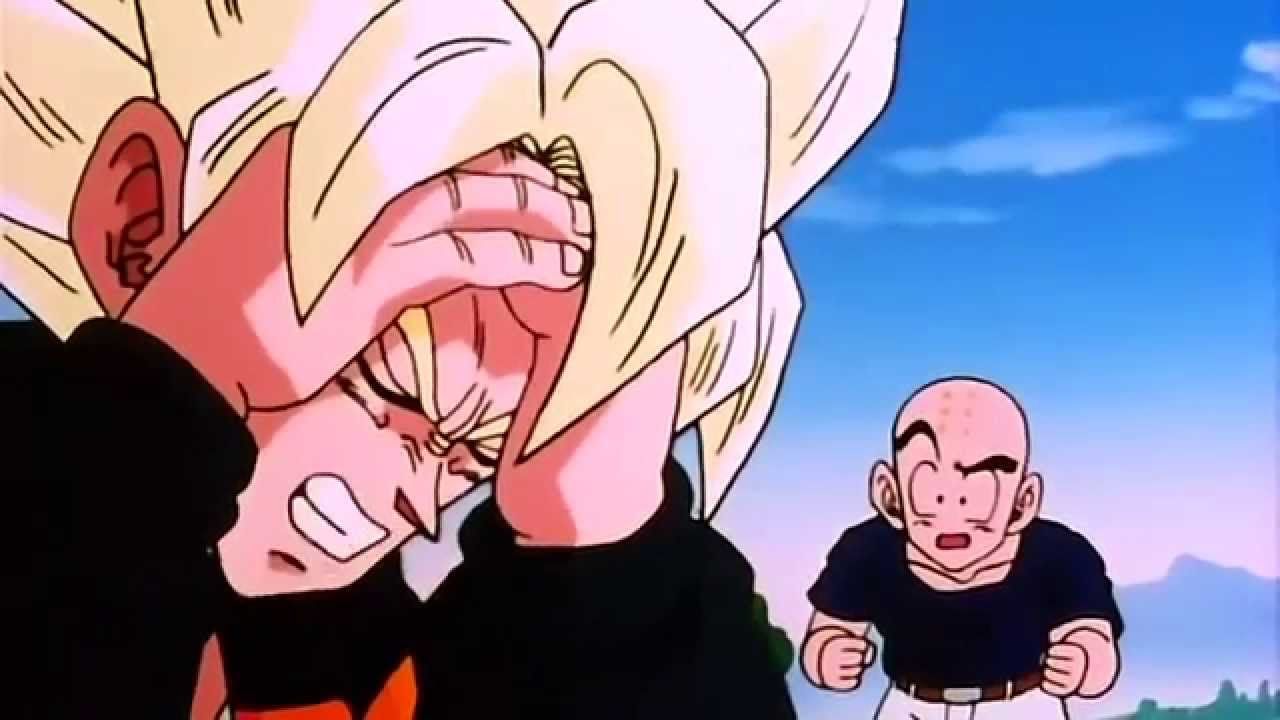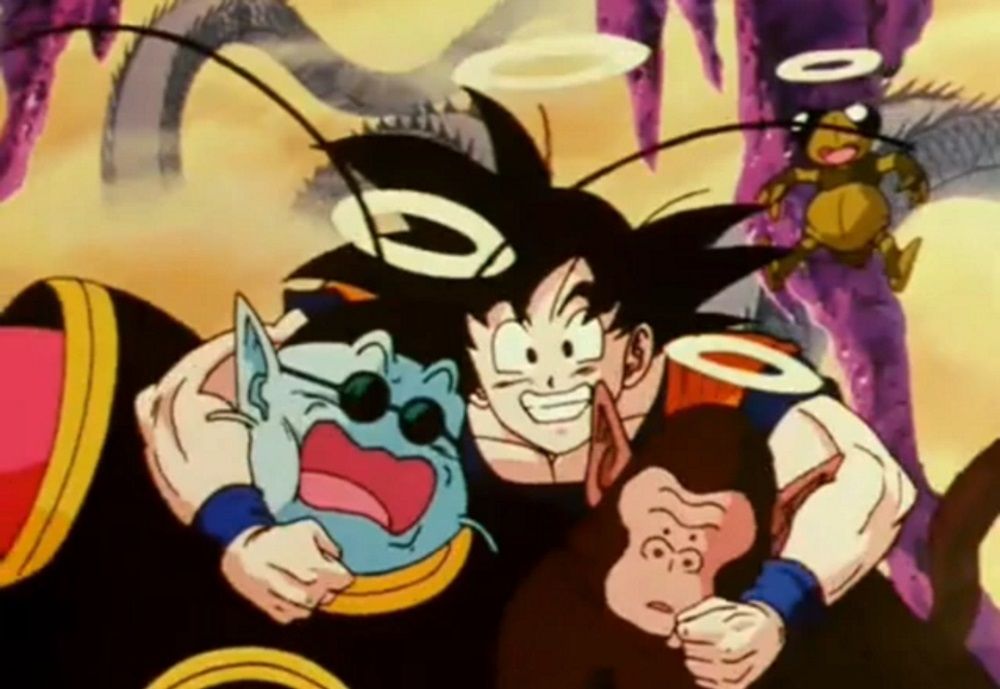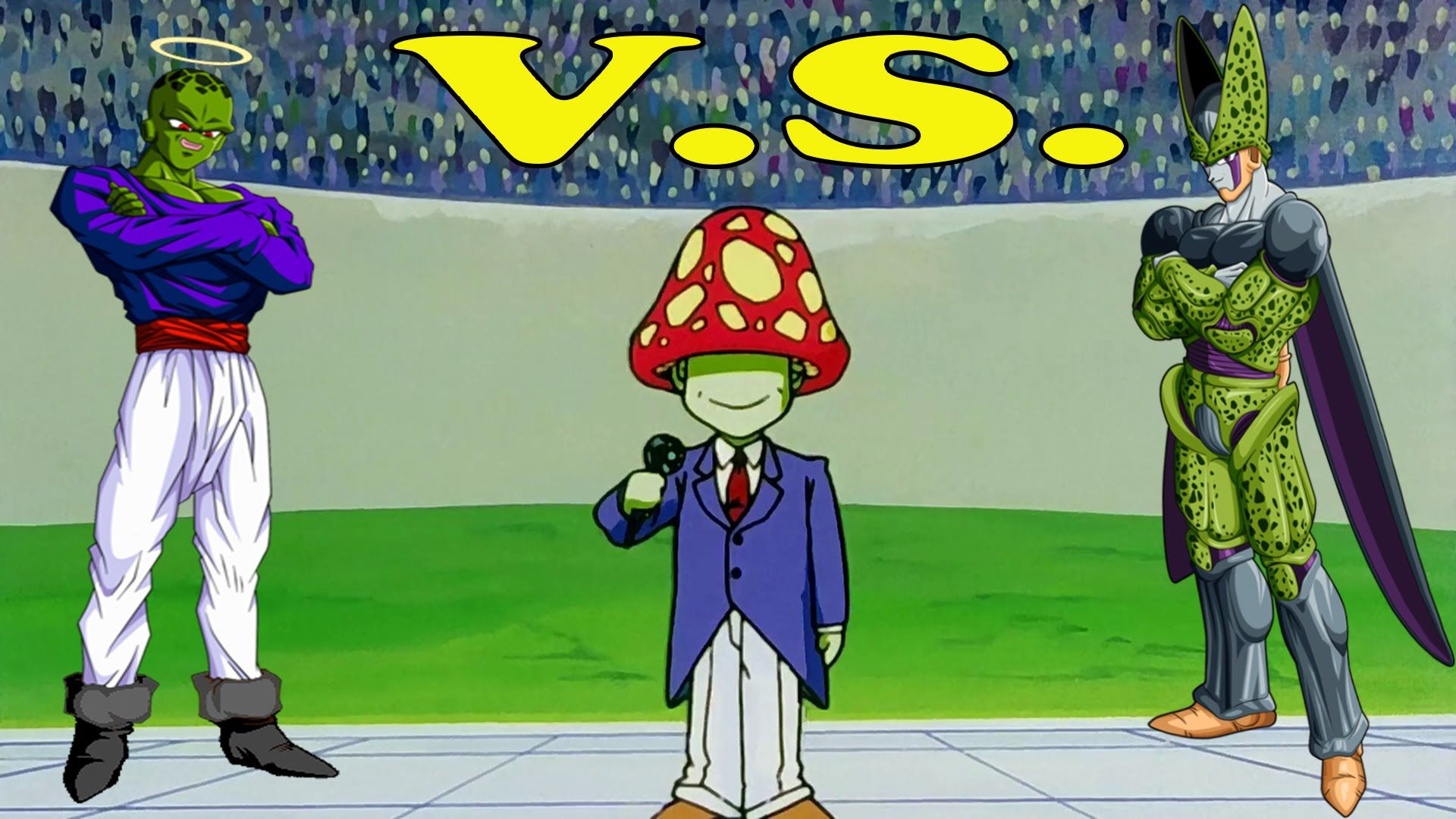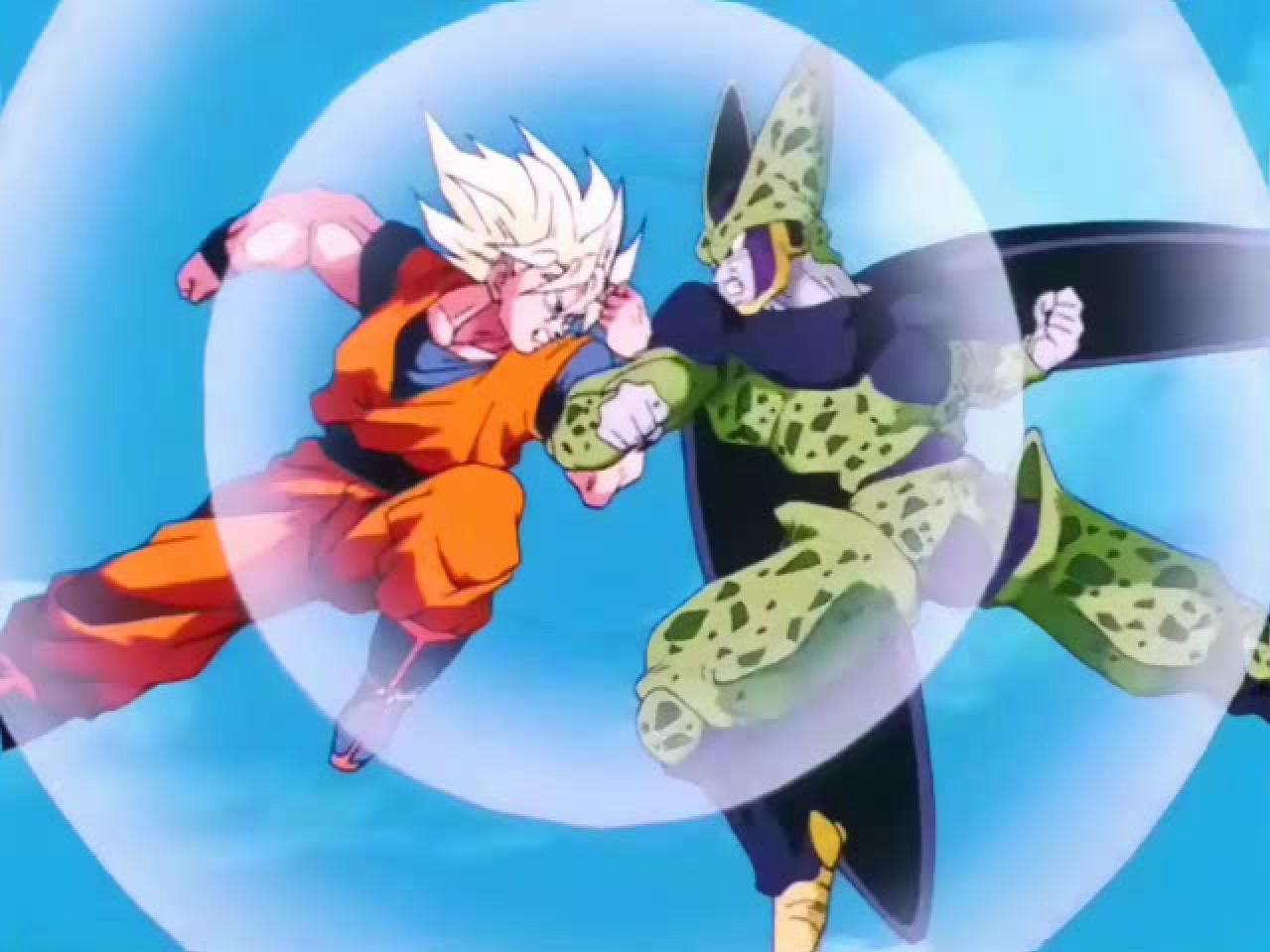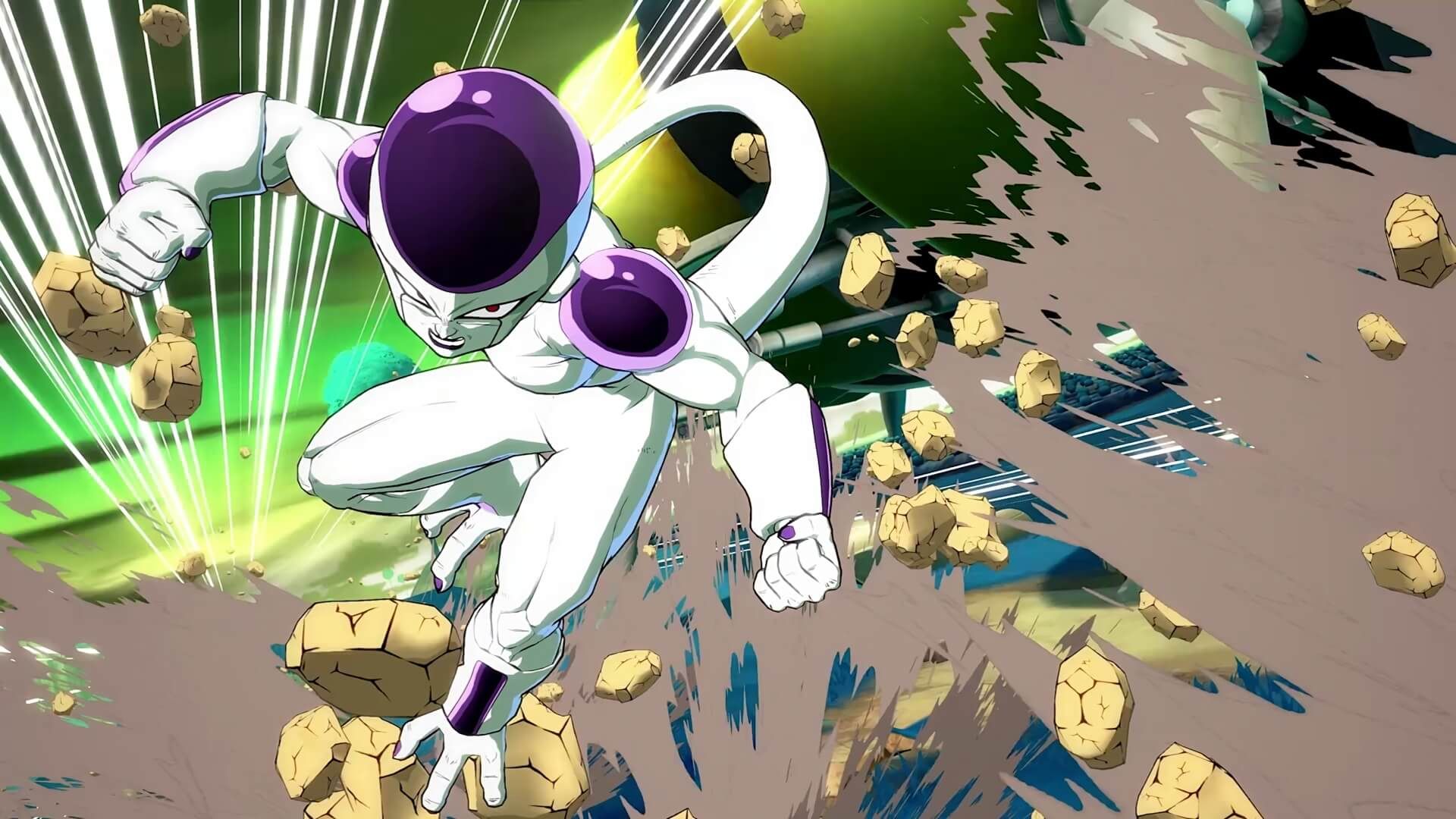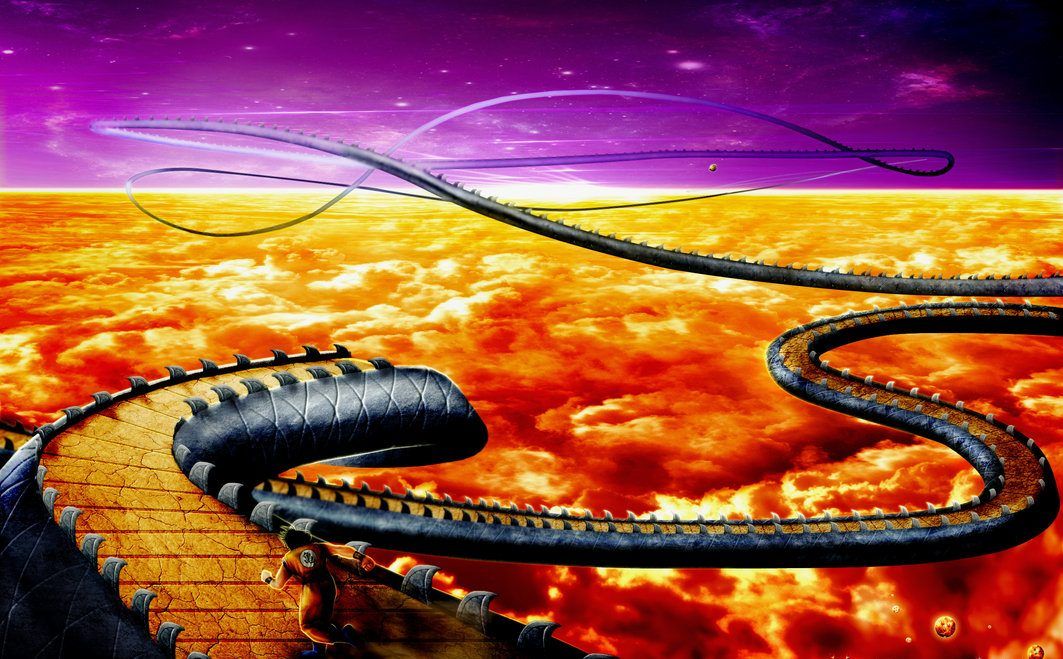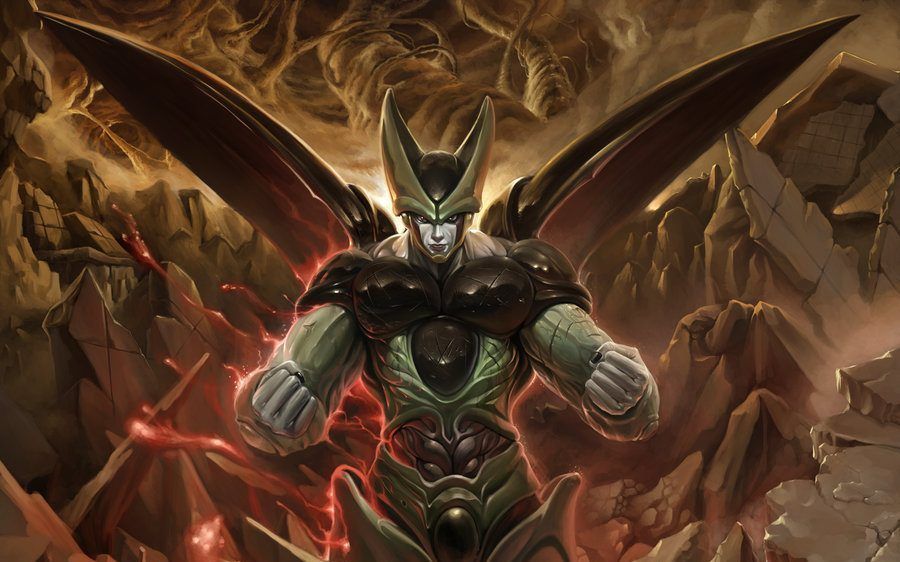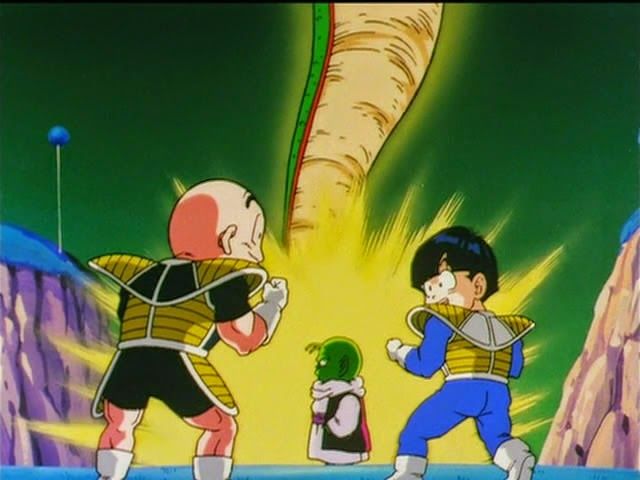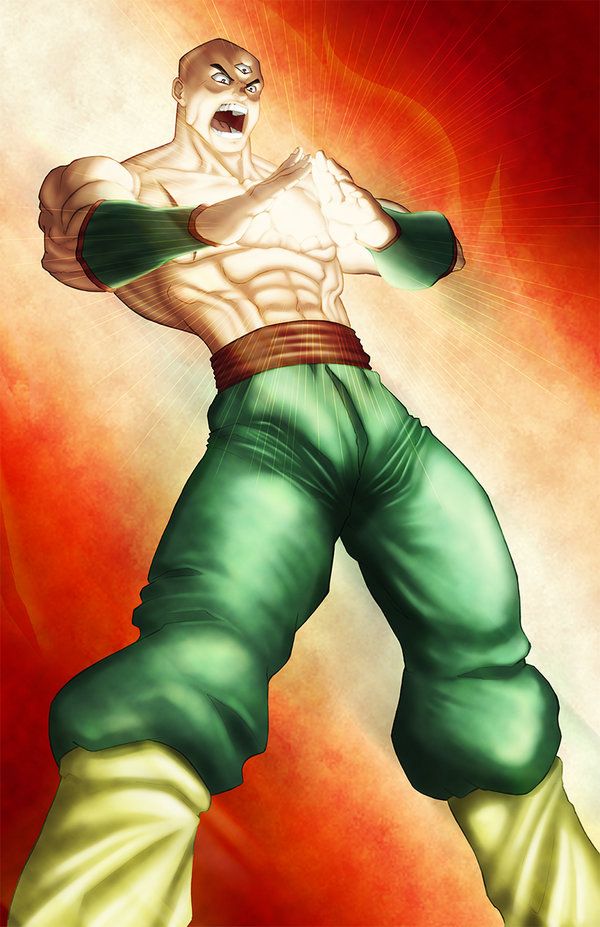Dragon Ball Z is a great anime and an even greater manga. The action is well choreographed, the story is surprisingly well written, and the characters are filled with little nuances that give them far more depth than fans seem to realize. It’s amazing, really, that the series ended up as good as it did considering the context. For ten years, without ever missing a deadline, Akira Toriyama wrote and drew Dragon Ball weekly. For as incredible as the final product ended up being, it was only natural that some spots of the story would end up being messier than others.
Along with Toriyama’s week to week, seam of the pants writing style, Toei nabbed the rights to an anime adaptation and got… creative with it. Harmless filler would slowly become plot holes as Toriyama’s spontaneity had him revisiting long-established plot points near the end of the series’ run. Between the manga and the anime, there are several mysteries and plot holes that litter the Dragon Ball franchise. Each one more interesting than the last.
25 Trunks Never Addresses His Number Blunder
When Trunks is warning Goku of the Android attack at the beginning of the Cell arc, he specifically calls Androids 19 and 20 by name. If you’re going through the series for the first time, this means absolutely nothing. If you’re already familiar, however, you know that this is just flat out wrong. 19 and 20 aren’t the Androids from Trunks’ future, 17 and 18 are. He addresses this fact later on, but he doesn’t correct himself or apologize for giving Goku misinformation.
This could just be an oversight, but it’s just as likely Toriyama intended Trunks to make this mistake.
What’s more interesting is the fact that Toriyama didn’t correct this for the manga’s Kanzenban rerelease. Toriyama actually did make corrections every now and then between a chapter’s original publication and it’s compiled release, but he left Trunks’ mess up completely intact. This could just be an oversight, but it’s just as likely Toriyama intended Trunks to make this mistake. Either way, it comes off uncharacteristically messy, especially for an arc that relies so heavily on “facts.”
24 Future Gohan Is Weaker Than He Should Be
One of the biggest understated mysteries in the Dragon Ball franchise is Future Gohan’s strength, or lack thereof. At nine years old, Gohan was a Super Saiyan 2 capable of defeating Perfect Cell. In his twenties, Future Gohan couldn’t even handle Androids 17 and 18. So what gives? Honestly, the only realistic explanation is that Gohan didn’t know how to train. Think about it, by the time his father dies in the original timeline, the only training he’s ever had has been with Piccolo during the Saiyan saga. He had his potential unlocked on Namek, but his life was peaceful afterwards until the Androids attacked. This means Goku didn’t teach him how to trigger Super Saiyan, Goku didn’t train him in the Room of Spirit and Time, Gohan didn’t get a chance to train with Piccolo again before the Androids attacked, and anyone who could train Gohan was dead within days. Future Gohan was set up to fail.
23 Just How Strong Is Super Saiyan 2 Anyway?
If there’s one thing the Buu arc in the anime proves, it’s that not all filler is bad. Near the end of the saga, during Goku and Kid Buu’s final fight, there’s an amazing episode where a Super Saiyan 2 Goku takes on Kid Buu. Well animated, well written, and sporting some of Toei’s best original choreography, this episode is proof that you can make something worthwhile with filler material. It’s just a shame it raises a glaring question: how strong is Super Saiyan 2?
Kid Buu is just as strong as Fat Buu, if not stronger, and Goku needed Super Saiyan 3 to fight the latter on equal footing. Super Saiyan 2 shouldn’t even come close to putting up a good fight. Keep in mind, Goku and Vegeta are totally equally at SSJ2 and Vegeta gets stomped by Kid Buu when it’s his turn to fight. While a great episode, the power logic doesn’t check out.
22 Trunks Versus Buu
Before Dragon Ball Super ever came around and finally addressed Majin Buu in Future Trunks’ timeline, fans frequently debated on what exactly happened with Buu in the future. Dragon Ball Multiverse has Future Gohan deal with the threat through dumb luck, Shin Budokai: Another Road has Trunks go back in time to request help from Goku and company before the End of Z, and the actual series just ignored the topic entirely.
It’s a bit confusing if you think about it. Future Trunks’ timeline takes place in a future where Buu should have already appeared, but the Androids somehow pushed it back. Even now, the actual explanation doesn’t exactly fully satisfy every fan. Why did Babidi take so long, why didn’t Kaioshin reach out to Trunks sooner, and how didn’t the Androids stumbleupon Buu’s cocoon themselves?
21 Vegeta Can Remember Conversations That Never Happened
During his fight against Zarbon in the manga, Zarbon let’s slips that, not only can Freeza transform, Freeza can transform multiple times. This comes into play later, or course, when Freeza starts transforming, but it also gives Vegeta the advantage of knowing Freeza can transform. Before their fight even properly starts, Vegeta goads Freeza into transforming to save everyone the hassle of beating down Freeza only for him to transform and regain his energy.
In the anime, however, this conversation never happens. For whatever reason, Toei omitted Zarbon’s reveal and instead continued on to the fight where Vegeta suddenly knew about Freeza’s ability to transform. Where Frappe ended up complicating matters because Toei added information they shouldn’t have, this occurrence muddies the genius behind Vegeta’s plan by removing information for no good reason.
20 The Uncontrollable Full Power Super Saiyans
One of the overarching storylines in the Cell saga is the main cast’s race to perfect the Super Saiyan transformation. Vegeta increases his raw power at the expense of some speed, Trunks drastically increases his strength at the expense of all his speed, and Goku develops a transformation that does nothing but reduce the stamina drain and restless feeling attached to the transformation. Becoming a Full Power Super Saiyan doesn’t make him stronger, but it allows him to train better and contain his Ki. At least in the manga.
Becoming a Full Power Super Saiyan doesn’t make him stronger, but it allows him to train better
In the anime, Goku and Gohan are shown struggling to contain their strength once they’re done training. They break plates, shatter glasses, and basically go about their lives like unhinged Supermen. It makes for some funny filler scenes, but it’s at the expense of the entire point behind the new transformation.
19 The Thoughtless History Of The Serpentine Road
Serpentine Road, also known as Snake Way in the English dub, is the single trial separating the denizens of the dead from reaching King Kai's planet with ease. When Goku dies for the first time and Kami instructs him to conquer the road to train with King Kami, he’s informed that only one other person has actually managed to run the entire length to completion: King Enma.
While this isn’t an issue in the manga, the anime contradicts the claim during the Otherworld Tournament filler arc. The whole premise of the tournament involves Goku competing against opponents who have also crossed the road. So they just crossed it after him, right? Wrong. They’re explicitly stated to have crossed it centuries before him. It’s especially frustrating because Toei could have just had a regular afterlife tournament without the incredibly specific setup.
18 The Curious Continuity Of Filling In The Bad Guys...
Dragon Ball’s depiction of Hell in the manga is incredibly consistent from start to finish. Souls go to Hell, they get cleansed, and then they get reincarnated. This is mentioned as early as the Saiyan saga and is referenced as late as the Buu arc. The anime is another story. While Toei kept the depiction of Hell intact for the Saiyan saga, they went on to invent their own version for the Buu arc. Instead of the dearly departed becoming souls, they get to keep their bodies and even manage to stir up trouble in the afterlife.
While Toei kept the depiction of Hell intact for the Saiyan saga, they went on to invent their own version for the Buu arc.
This is a problem, of course, because it contradicts crucial lore established at the beginning of DBZ, but it also contradicts information mentioned in the Buu arc itself. When Vegeta asks Piccolo if he’ll get to see Goku in the afterlife, Piccolo confirms that he won’t, implying that Vegeta would become a soul. Souls don’t exist in this continuity anymore, though.
17 Kid Buu: The Weakest Strongest Villain Alive
Majin Buu has been at the center of hot debate within the fandom for years now. While the manga makes it very clear Kid Buu is weaker than every form of Super Buu, the anime very heavily implies Kid Buu is actually the strongest Buu. This causes some continuity issues since Goku can seemingly fight evenly as a Super Saiyan 2 even though he was terrified out of his mind when facing off against Super Buu.
The series is almost over and Toei decides to throw in one last plot hole
This is one of the most frustrating changes in the anime, mostly because it comes so late. The series is almost over and Toei decides to throw in one last plot hole to try and make an already climactic final battle more so. Kid Buu being the weakest iteration is the most interesting thing about him! Making him the strongest removes a lot of the novelty.
16 Making Sense Of Time Travel
Time travel in Dragon Ball Z is… complicated, to say the least. Trunks travels back from his timeline to our timeline to warn Goku about the Androids, but Cell had already traveled back to our timeline from his timeline by stealing the time machine of a different Trunks who had traveled to a different version of our timeline and, at the same time, Dragon Ball Super reveals there’s yet another timeline we have absolutely no information on. I hope you’re following along, because it’s about to get messier.
Basically, time travel is bogus
Time moves linearly in every timeline so one day in our timeline is still a day in Trunks’, but it apparently only takes a few months to charge the time machine’s fuel so it’s entirely possible Trunks didn’t wait three years to make his second trip to our timeline, but that contradicts information from Super where changing the dates on the time machine creates a new timeline. Basically, time travel is bogus and can’t be made logical sense of.
15 Goku Apparently Inherited Bardock’s Future Sight
Toei loves Goku. They look Goku so much that they force Goku into episodes where he has no right being in. Considering Goku has very good reasons for not being active in the plot throughout Z, Toei decided to get creative. Instead of inventing filler for him after the Saiyan arc, they gave him prophetic dreams. In a very roundabout, bizarre sense, it kind of makes sense considering Bardock had the ability to see in the future. In a more realistic sense, though, it’s total nonsense.
Instead of inventing filler for him after the Saiyan arc, they gave him prophetic dreams
Goku shouldn’t be able to know how 17 and 18 look like when he’s in his heart attack induced coma during the Cell saga. He shouldn’t be able to have nightmares about Vegeta and Nappa when he’s training with King Kai, either. Any references to Bardock’s future sight are missing from the manga and therefore non-canon. What’s worse, Gohan actually has this ability too, seeing Perfect Cell in his dreams before they ever meet.
14 How The Heck Do Souls Work?
According to Toei, souls exists except when they stop existing in the Buu arc. At the same time, though, Piccolo implies that they do still exist and King Enma even states he kept Vegeta around as a backup against Buu. If Vegeta got to keep his body anyway, though, why make this comment? Even ignoring Toei’s plot holes, we really don’t know exactly how souls work in the canon. We know they get reincarnated, but people can be revived with the Dragon Balls.
We really don’t know exactly how souls work in the canon.
What exactly happens if you revive someone who’s already been reincarnated? Shenlong doesn’t actually have a time limit for single person revivals, so it’s certainly a possibility. Are there now two identical souls? Is a new souls created for the revived person? How long does it take for a soul to even be cleansed? Toriyama will likely never get around to answering these questions, but they’re honestly kind of important to understanding Dragon Ball’s afterlife.
13 King Kai Hijinks
In the English dub of Dragon Ball Z, and only the English dub, King Kai mentions informs Goku that he actually knows the Instant Transmission technique during the Cell saga. This doesn’t mean much in the context of the scene, but it has some very unfortunate implications for the Saiyan arc. One of the big pieces of tension within the saga is the fact that Vegeta and Nappa land on Earth early. Because of this, Goku ends up late to the battle and Yamcha, Chaozu, Tien, and Piccolo are all dead by the time he arrives.
If King Kai knew the Instant Transmission, he could have easily teleported Goku to Earth
If King Kai knew the Instant Transmission, he could have easily teleported Goku to Earth himself or, at the very least, the start of the Serpentine Road. For the sake of an offhand comment, the English dub of Dragon Ball Z turns King Kai from a goofy, but still competent, martial artist into a careless buffoon who didn’t think to make his best pupil’s life easier.
12 Goku Versus Pikkon Or: Why Pikkon Should Have Won
The Otherworld Tournament filler arc is widely considered to be one of the highlights of the anime by many fans. We get added lore on the afterlife, Goku gets to face off against some genuinely creative opponents, and it marks the only instance of Kaioken after the Freeza saga. Unfortunately, its main battle, Goku versus Pikkon, doesn’t make a great deal of sense. The arc takes place shortly after Goku’s death during the Cell Games, but it also expects us to assume Goku is just as strong, if not stronger, than Pikkon.
Pikkon should have absolutely trashed Goku into the ground.
This is a problem because Pikkon’s introduction has him taking out Freeza and Perfect Cell with total ease. The way he defeats them isn’t dissimilar to how Goku takes out generic robbers in Super. At this point, Goku can’t even trigger SSJ2 and is confirmed weaker than Cell. By all accounts, Pikkon should destroy Goku but he ends up struggling and they stalemate. It wouldn’t make for a good fight, but Pikkon should have absolutely trashed Goku into the ground.
11 Where Is Cell’s Nucleus?
One of the most confusing and inconsistent aspects of the Cell saga is, funnily enough, Cell. Specifically, how is Cell supposed to die? Originally, he mentions that he can only die by losing his head, but we later see Goku blowing the entire top part of his body off with a Kamehameha. Cell regenerates the rest of his body, of course, and the fight continues like Cell shouldn’t have died right then and there.
Funnily enough, the English dub actually fixes this blind spot by having Cell state he only needs a single living cell to regenerate his entire body. You could argue, though, that this is implied from the fact that this is exactly what happens later in the manga, but at least the English dub doesn’t have contradictory information.
10 The Truth About Freeza’s Five Minutes
Five minutes. It’s the time limit Freeza gives Namek before it blows up and it’s the subject of ridicule within the fandom. When people hear five minutes, they don’t exactly think of nine full-length episodes. There’s actually a very good explanation to why Freeza’s five minute countdown takes roughly three hours to be fulfilled: Toei was running out of manga chapters to adapt. By the time Goku turned Super Saiyan, the anime was dangerously close to catching up to the serialization. Since this was also the climax of the arc, Toei couldn’t just throw in filler, they had to slow things down.
Toei couldn’t just throw in filler, they had to slow things down.
This, unfortunately, resulted in a very drawn out final battle. Instead of covering 2-3 manga chapters, the anime was now adapting one, fifteen-page chapter at a time. The manga fight actually goes by incredibly fast, done within the same time span it would take to complete a compiled volume. Plus, these characters are super fast. 20 minutes for us may as well be 20 seconds for them.
9 The Thoughtless Geography Of The Serpentine Road
Filler is a dangerous beast. In a perfect world, Toei would have realized this early on and never bothered with Dr. Frappe or their Serpentine Road shortcut, but we don’t live in a perfect world. We live in a world where Toei invented a shortcut from Hell to the start of the Serpentine Road after the manga had already established Goku would need to race back to fight Nappa and Vegeta. This means, in the anime canon, Goku could have actually arrived in time. For Toei, it means they just didn’t care.
In the anime canon, Goku could have actually arrived in time.
That’s exactly what makes this instance so much worse than Dr. Frappe. Toei couldn’t know Toriyama would double back on the Red Ribbon Army, but they knew Goku would have to run back the Serpentine Road. Even though they knew, they didn’t care, and wrote in a filler episode damages the tension of Goku showing up late. If there’s a shortcut he can use, why not just the use shortcut?
8 Cell: A Cut Above The Rest
Krillin deserves more love than he gets, which means, you guessed it, filler. When Cell finally achieves perfection after absorbing Android 18, Krillin flies into a blind rage and fires a Kienzan at Cell. Amazingly, it hits. This is a technique made up of pure, refined Ki. It’s a perfect slice that can cut anything in half… except Perfect Cell. It really is a shame, because it takes away a lot from Krillin’s signature technique. He may not be strong enough to beat up the main villains, but Freeza was in legitimate dangers of dying when Krillin fired his Kienzan. In having Cell tank the Kienzan, Toei basically paints Krillin in an even worse light. He goes from being a potential threat in the right setting to totally worthless as a combatant.
7 Dende Forgot About His Most Important Ability
Dende is known for healing. To many fans, that’s his defining feature. In a series full of martial artists, Dende stands out as a genuine pacifist who plays a white mage role. During the Freeza fight, he dedicates most of his time to patching up the main characters and making sure they can survive Freeza’s many transformations. When the going gets tough in the Buu arc and Goku’s running out of energy, though, Dende forgets all about this.
Instead of Dende healing him right then and there, they just ignore it
Kibitoshin offers to teleport himself and Dende to heal Goku, but he’s all tapped out of energy. Instead of Dende healing him right then and there, they just ignore it and Vegeta tells them to wish Goku back to full strength on the Dragon Balls. Don’t get me wrong, what actually happens is far more narratively and thematically satisfying than the alternative, but it’s still pretty stupid how Dende doesn’t realize he can just restore Kibitoshin’s energy.
6 The Technique That Should Always Kill Tien Only Kills Tien Once
Tien Shinhan’s Kikoho is introduced with more fanfare than any other attack in the series. Not only is it devastating, it’s so powerful that it drains the user’s life force instead of Ki. Should Tien use it, he’d be running the very real risk of dying. Well, maybe not very real. Tien only ever actually dies once using the Kikoho and it’s debatable whether or not it was the technique that actually felled him.
When Tien dies during the Saiyan saga, it’s right after using the Kikoho. It’s important to remember, however, that he’s missing an arm and bleeding out. So is it really the Kikoho or just normal exhaustion? Every other time he uses the Kikoho, he survives. He even survives using it multiple times in the Cell saga. The concept behind the technique is one of the coolest in the franchise, but its “risk” definitely falls on the superficial side.
Though it’s certainly better than him dying every time he uses his signature technique.

